
Looking to keep warm this winter without the high utility bills? Use this pellet stove installation cost guide to see what a natural heating solution will cost.
Don’t let these heating issues keep you out in the cold


Auger motors need to be replaced every 10 years, or the stove may start shutting off early.
Pellets should be shorter than 1.25 inches or they can cause jams.
Igniters may wear out after about three to five years.
You’ll need to adjust the damper to combat lazy or volatile flames.
Clean the pellet stove at least twice a week to avoid excess soot and smoke.
A pellet stove offers warmth and a cozy ambiance to any room—that is, until it stops working. Maybe the pellets just won’t light, or the flame is barely a flicker. Perhaps you notice a lot of smoke while the fire is burning, or you find big pellet pieces among the ash after extinguishing the flame. Many problems can turn a good day frustrating when it comes to operating this important appliance. Troubleshooting pellet stove problems successfully may take a little patience before you can once again enjoy that comfy, warm room you love.
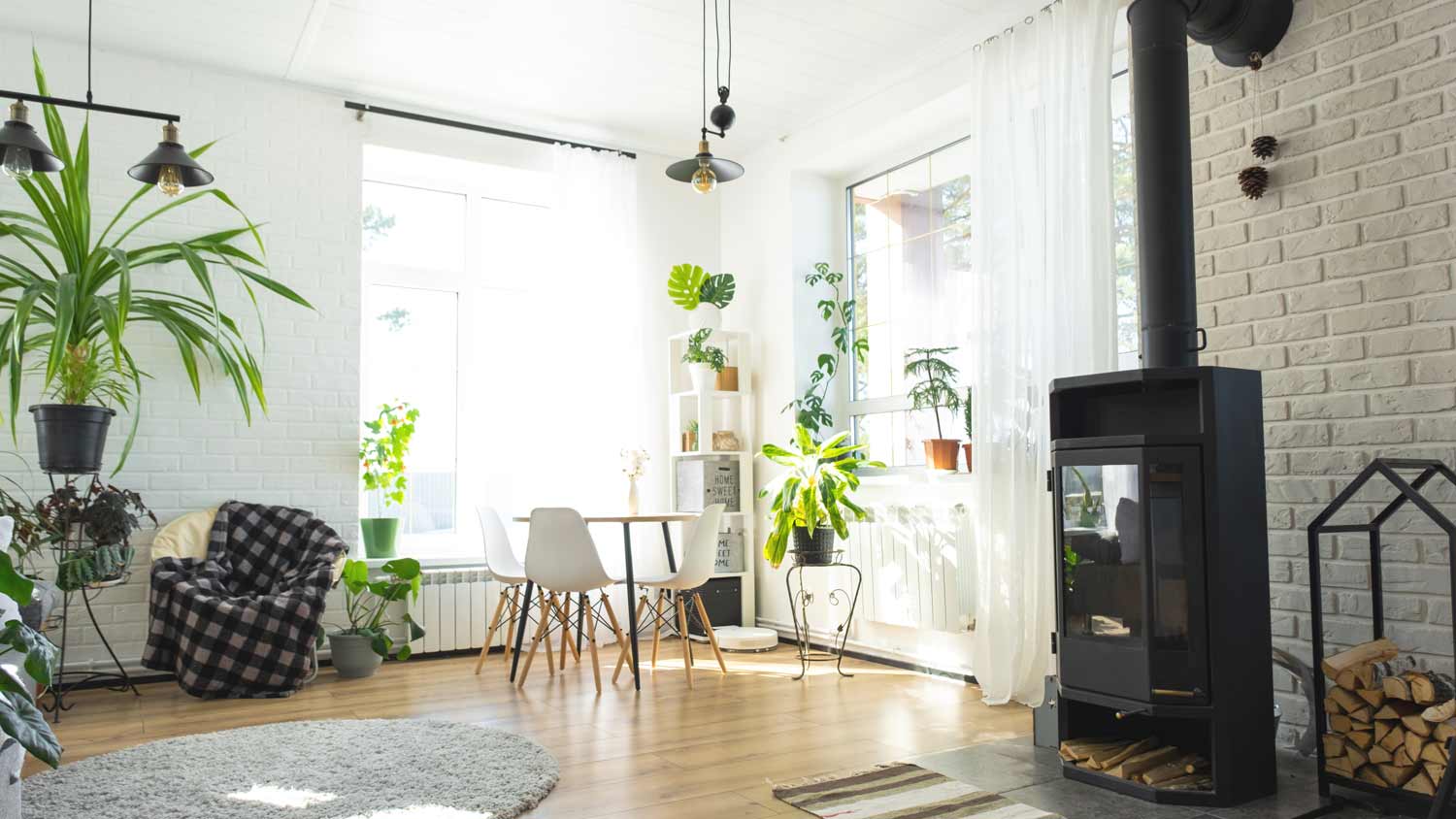
One clear sign that you have a pellet stove problem is if it won’t turn on in the first place. Although pellet stoves ignite pellets to produce a warming flame, they run on electricity. If the pellet stove doesn’t turn on, check that it’s plugged in. Then, reset the manual high-temperature switch on the stove because it could’ve tripped. Finally, check the circuit breaker.
If you still can’t get the pellet stove to turn on, consult with a local electrician for assistance.
You’ve lit a fire and curled up with a good book, but then your pellet stove shuts off after 15 minutes—what gives? This may happen for a few different reasons, and you’ll need to inspect the ash after the fire goes out to troubleshoot your pellet stove problem.
If the burn pot is empty after the fire goes out and the stove has trouble staying on, there may be issues with the motor. It may not be getting consistent power from its electrical source, or it may just be worn out. You’ll need a pro to replace the auger motor after about 10 years of use.
If there are partially burned pellets in the burn pot, it likely means the high-temperature switch was tripped or there’s been a power disruption. Have a pro inspect the pellet stove and your home’s electrical system.
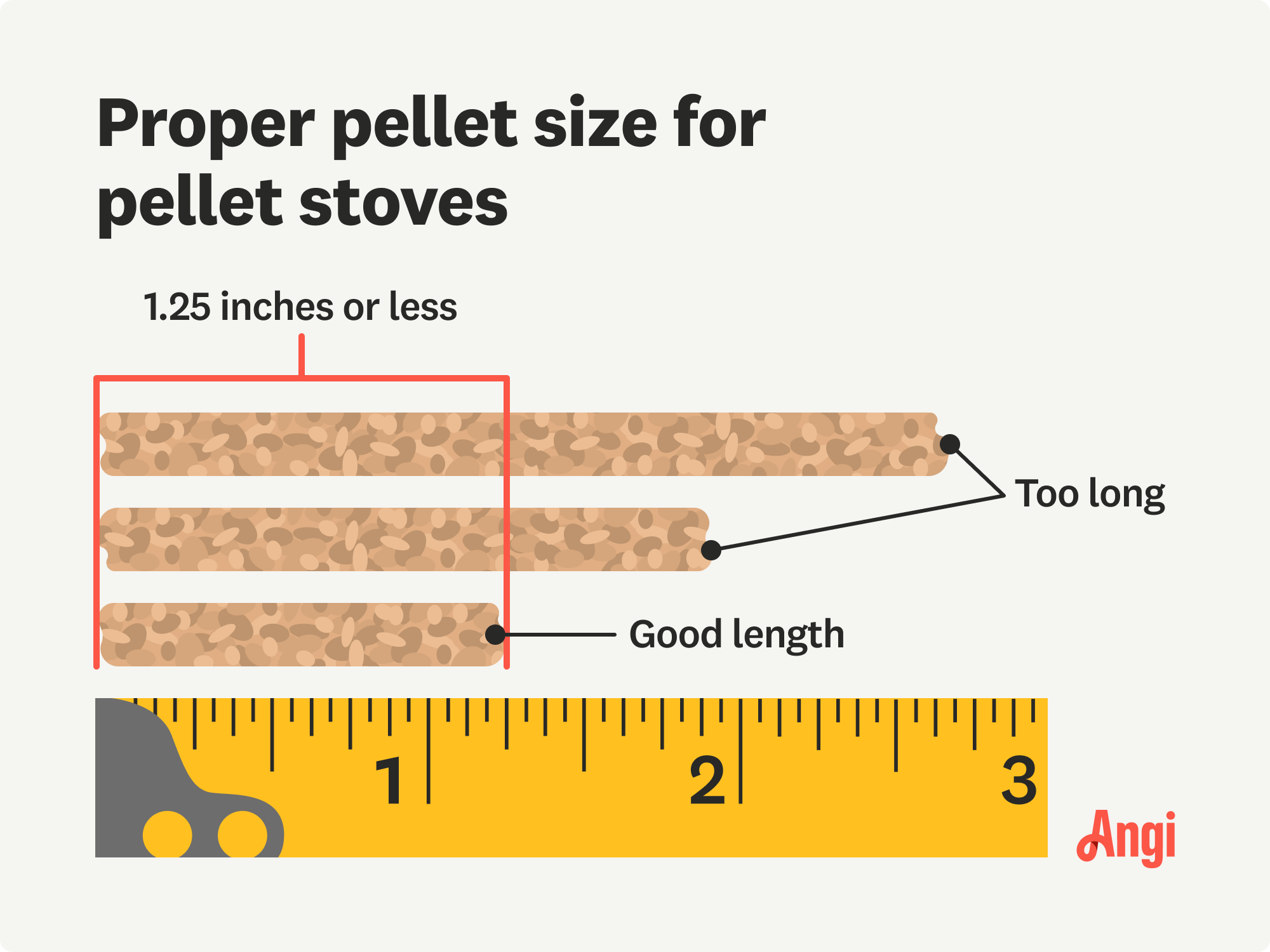
If you notice full pellets in the burn pot, they may be too long, or there might be something else stuck inside the hopper, which is where the pellets are poured into the stove. Check for any obstructions and remove anything stuck in the hopper. Before adding pellets to the stove, try dropping the bag of pellets on the floor a few times to break up the pellets, which should be less than 1.25 inches long.
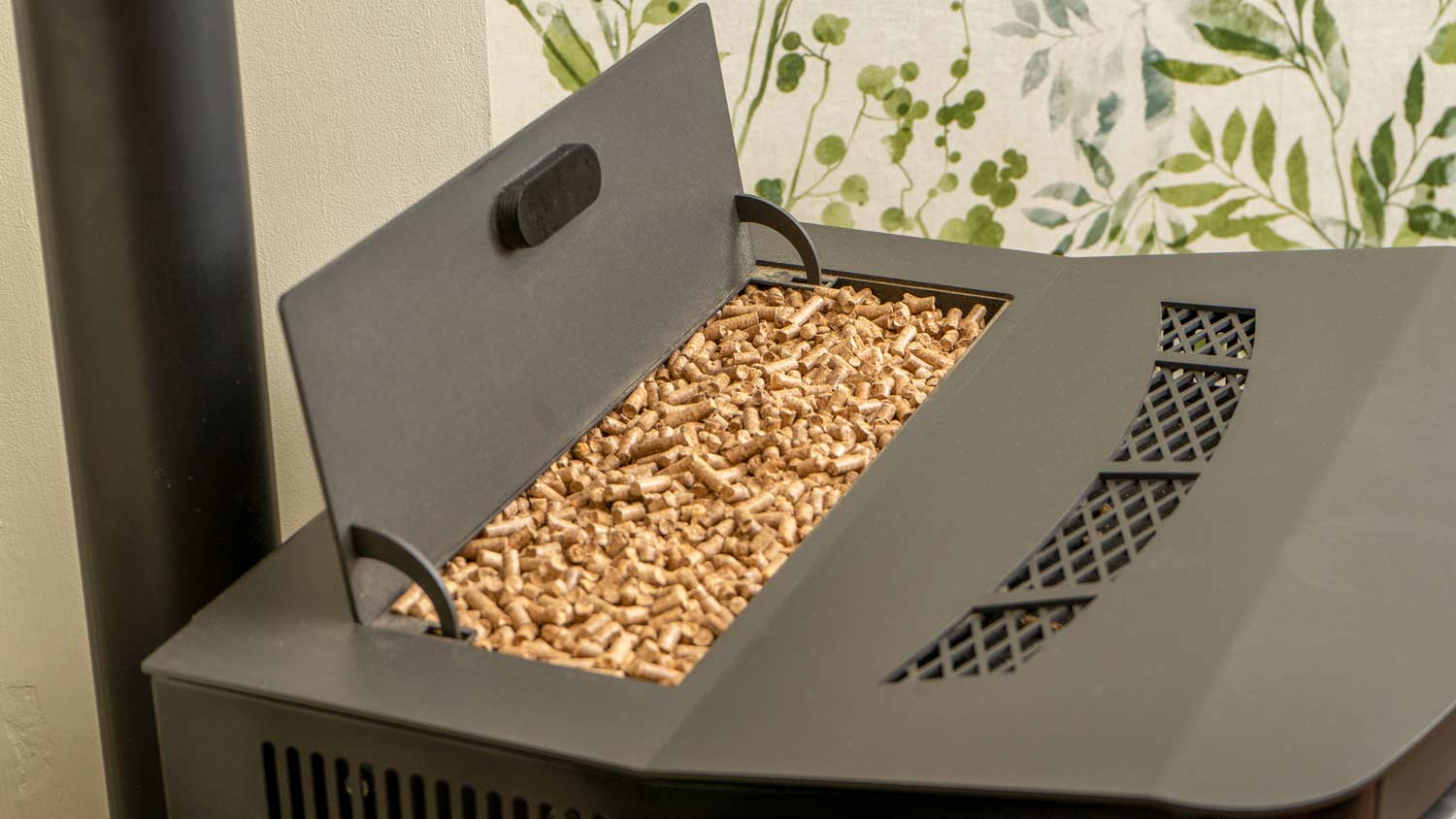
While pellet feeding issues may cause the pellet stove to shut off early, your pellets can also cause other problems you’ll need to troubleshoot. If pellets aren’t feeding from the hopper into the burn pot for fuel, there might be something blocking the hopper. You’ll also need to confirm that your pellets aren’t too long.
Imagine you’ve just come in from shoveling the snow off the sidewalk and are looking forward to warming up by the fire, only to find the pellet stove isn’t igniting. This likely means there’s something wrong with the igniter. It could be as simple as a dirty igniter that needs to be cleaned, or you may need to hire a pro to replace it. A pellet stove igniter lasts three to five years on average.
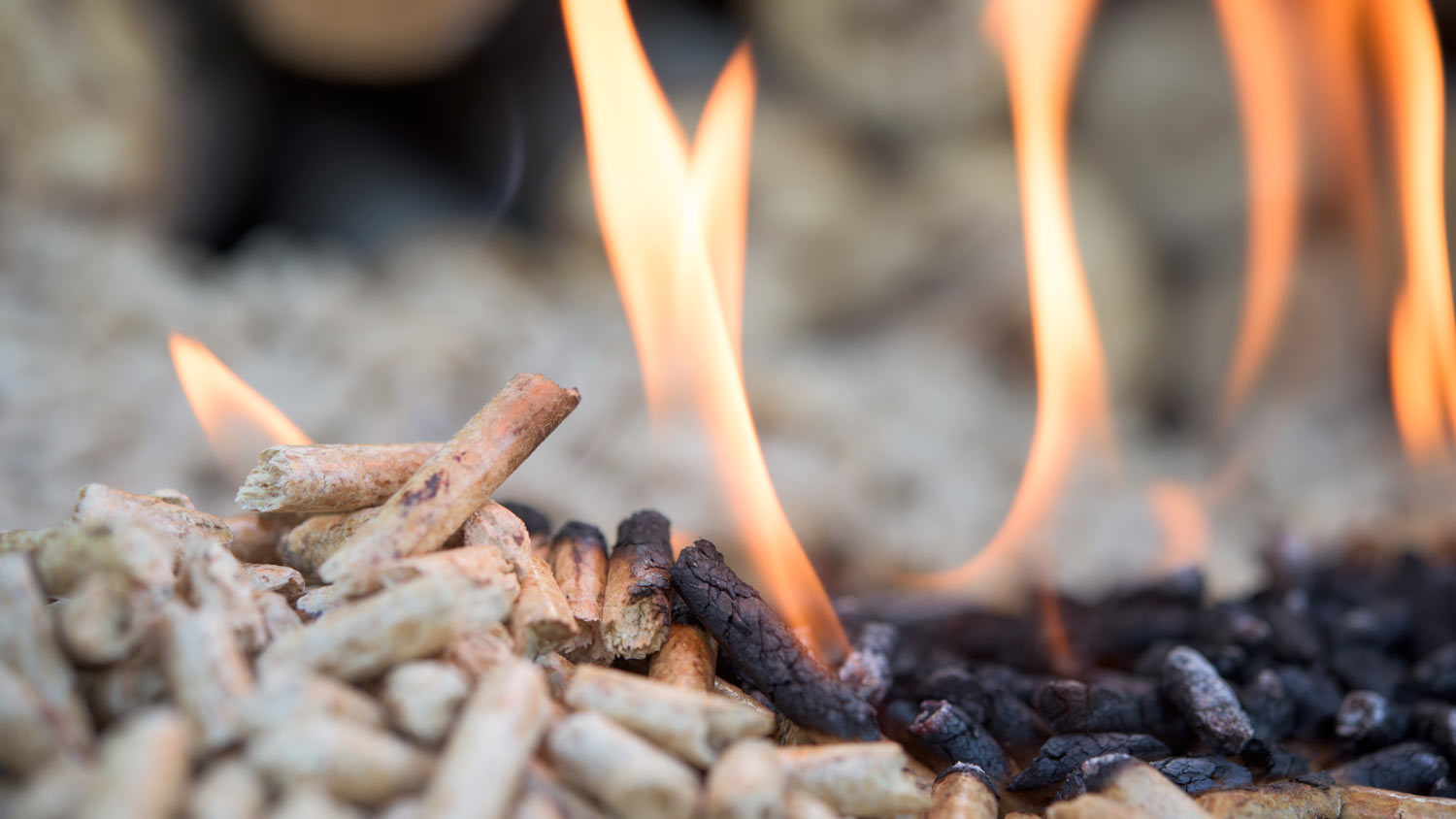
You were looking forward to a roaring fire, but the one in your pellet stove is looking a little, well, pathetic. If the flame seems lazier than you feel on a Saturday morning, the damper is likely not open to provide enough air to fuel the fire. Adjust the damper until the flame is full and bright.
If the flame seems volatile or choppy, the damper may be letting in too much air, or there might be a draft. Adjust the damper, closing it slightly until the flame is bright yellow, full, and steady. It shouldn’t change rapidly from a short flame to a tall flame and back again.
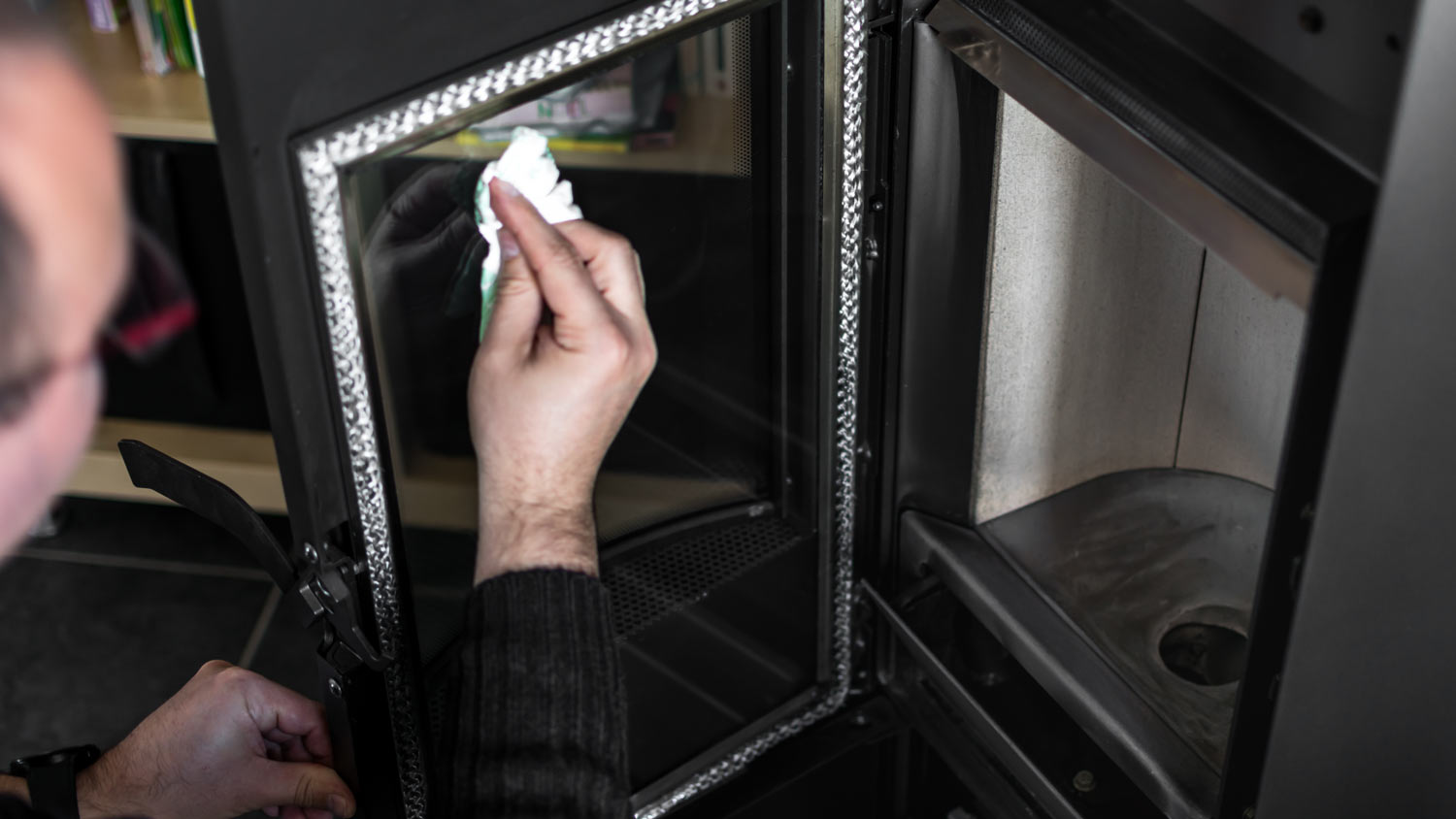
You may notice the glass on your pellet stove is covered in black soot or that more smoke is emitting from the flame. This means it’s time to brush up on your pellet stove maintenance checklist. Clean the glass on the pellet stove door, and be sure to clean out the burn pot and firebox at least a couple of times per week.
If you still have poor burn quality, make sure you’re using high-quality pellets for the cleanest burn. Also, hire a pro to come deep-clean the pellet stove and its exhaust pipe at least once per year.
Maybe the flame is full and bright, but you aren’t feeling any of the warmth from your pellet stove. The temperature or combustion may be set too low, or there may be an issue with the blower fan, which is designed to help disperse heat around the room. Adjust the settings as needed, and if that doesn’t work, hire a pro to fix the fan.
However, another issue could be that the pellet stove you have is too small for the space it’s in. If that’s the case, it’s time to start researching who installs pellet stoves near you so that you can find a stove with the proper heating capacity for your needs.

No one wants to spend more on fuel than they need to, and if your pellet stove seems to be going through its pellet stoves faster than it used to, it means it’s not burning the fuel as efficiently. First, check the control panel and adjust the settings. Someone in the house may have cranked up the heat. If the settings are to your liking and you’re still having an issue, troubleshooting the pellet stove at this point will require hiring a pro to inspect for leaks.
After you turn a pellet stove off with the power button, it will keep running for about 15 to 30 minutes to complete the shutdown cycle. This ensures the pellet stove shuts down safely. But if your stove continues running after that, there could be a number of different pellet stove parts that are stuck or worn out, including:
The low-limit switch
The thermostat
The exhaust sensing probe (ESP)
The control board
If your pellet stove doesn’t shut down, it’s time to call in a pro. If there’s an emergency pellet stove specialist or HVAC pro who works on stoves in your area, contact them. Don’t try to unplug the pellet stove, and don’t let it continue running without any fuel.
Some fixes, like cleaning out the firebox or adjusting the dampers, are easy to handle yourself. However, it’s best to leave more involved services, like fixing a faulty controller, replacing a worn-out part, or cleaning out the exhaust pipe, to a local pellet stove repair company. These pros can locate the problem and repair it quickly, and you can get back to warming up by the fire in no time.
From average costs to expert advice, get all the answers you need to get your job done.

Looking to keep warm this winter without the high utility bills? Use this pellet stove installation cost guide to see what a natural heating solution will cost.

Explore the common types of oven repairs and how much they cost based on the problem, the part, and the type of oven. This guide will tell you the average cost to repair an oven.
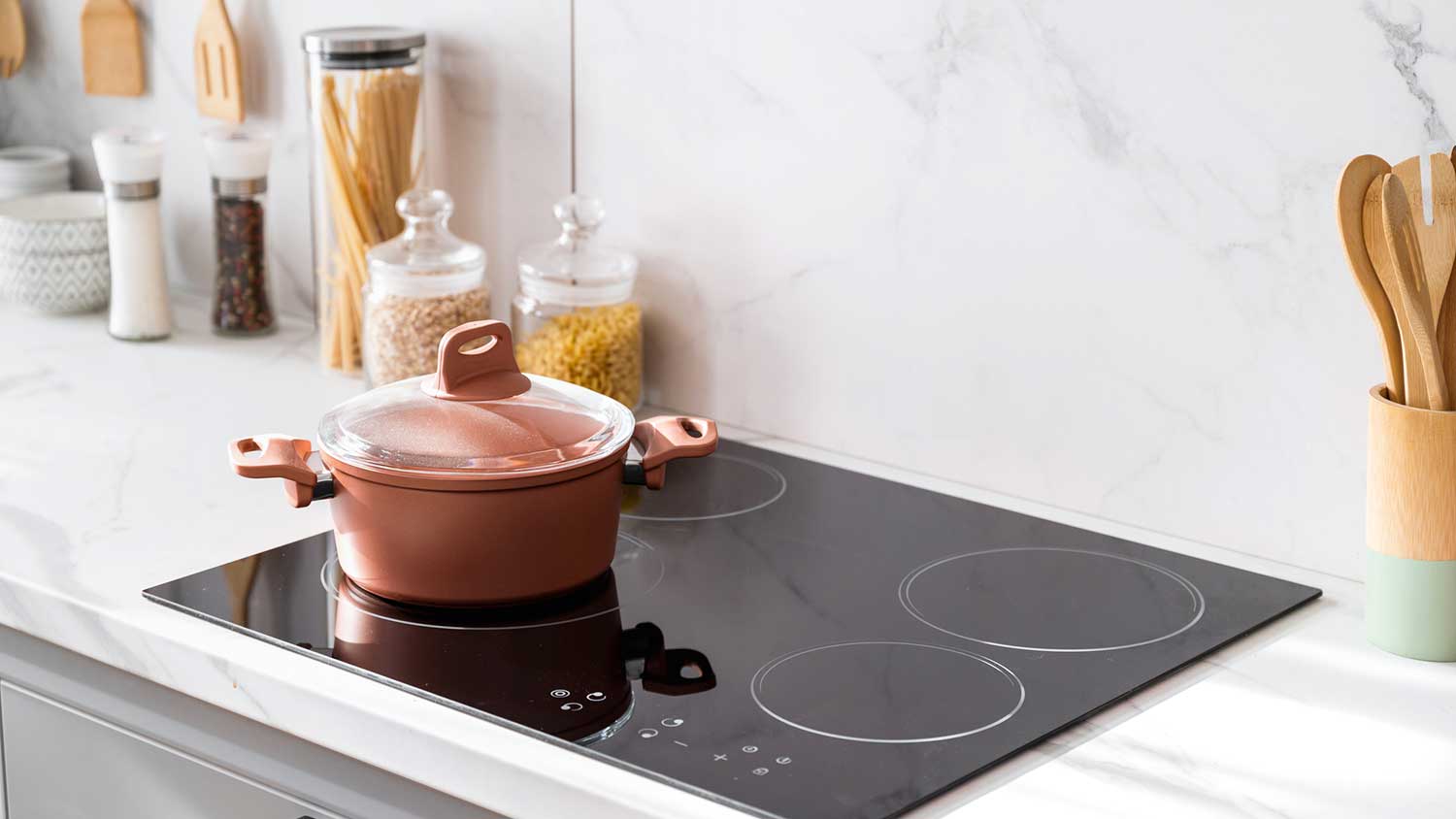
Discover the average cooktop installation cost, key price factors, and tips to save. Learn what impacts your total cost and how to budget for your new cooktop.

Now the reasons why your dryer is leaking water and what you can do to prevent further water damage and address the problem.

A leaking washing machine can cause big problems like water damage, so make sure your washing machine drain is up to code with this helpful guide.

Not sure if you should repair or replace your cooktop? Our guide helps you make the right decision for your appliance.